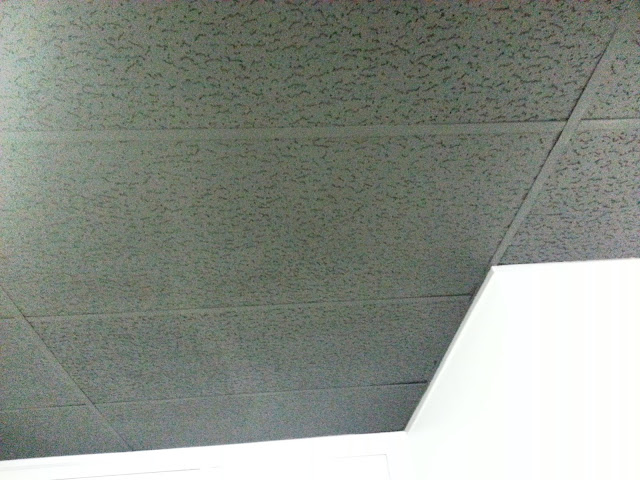Mentoring, socialization, and technology were themes heard throughout the recent
IFMA Workplace Summit discussions at Cornell University. These tangible topics aren’t just taking the place of yesterday’s buzzwords like productivity, innovation, and employee experience – they’re helping companies achieve a successful workplace strategy.
The value of mentoring, socialization, and technology lie in the ability to define them within the framework and context of corporate culture, which may make them easier to harness. On a large scale, it seems that we are no longer only concerning ourselves with the “how” and “why” of the physical workspace, but rather moving into discussions about the impacts and integration of culture and organizational strategy within the workspace.
One question asked at the Summit: How do we measure the outcome of mentoring and what is the impact on space?
I would argue that it’s the single most important quality to obtaining high morale and employee investment – yet it does not need to be measured in the traditional sense.
Mentoring is essential to employee investment; without it, a company cannot attract and retain the talent it needs to find success and profitability. Having a well acclimated employee base that works together will undoubtedly help obtain the elusive “productive workspace” designation.
Equally challenged was the concept of reverse mentoring. Putting young employees in a position to support those with more experience on things they are more knowledgeable about — often coming in the form of technology proficiency — helps give them a sense of purpose and cultural importance within an organization. This leads to a flatter, less hierarchical organization; the future of the workplace, spatially as well as organizationally.
These types of shifts within the organizational structure affect the overall space distribution. They need to be planned for so that all generations can draw on one another’s experience and knowledge.
Facility managers, clients, and real estate advisors are evolving to a more virtual world. Before being able to work virtually in a successful manner, however, it is crucial to develop a working rapport. Without the initial “get to know you period,” there is no way to graduate to a virtual relationship.
During one of the panel discussions at the IFMA Summit, it was stated that once you know an employee, you can read their body language and tone through the phone. For this reason alone, the physical space cannot be devalued as a conductor for a socialized and congruous workforce.
The effects of decreased face-to-face interaction also need to be considered within the scope of mentoring. How to integrate new employees is often a challenge that we do not concern ourselves with in the built environment. It is important for young employees to learn by mirroring experienced employees in day-to-day tasks, external client communications, internal company communications, and organizational behaviors.
Beyond the development of working relationships, there should be more value put on socialization itself in the workplace. Casual conversations around family, activities outside of the office, and general conversation about life beyond the office should be considered real work, as this is the establishment of a relationship and trust among co-workers. In creating space, it should be considered crucial to build space that supports this type of communication which facilitates trust and comfort working with one another.
Intranets, virtual workspaces, smart phones all allow us to work around the clock. It has commonly been the perception that if you are not in the office you are not working. In reality, we are most likely working more now than ever given the continual connectivity.
The advancements of wireless technology are only at the beginning. How wireless technology will continue to proliferate and revolutionize the work environment was discussed at the Summit. While we cannot predict the future, being able to support and integrate future technologies in our workspace planning will only increase the longevity of a newly constructed space as these technologies become more commonplace.
At the end of the day, the goal is to serve clients and provide a stimulating work environment that supports employees and their work processes. The physical workspace is integral to achieving a high rate of success for a company but it cannot support users without a successful organizational culture in place.
When we are advising clients on workplace strategy, it is important to understand what the effects are on the organization as a whole. We cannot work alone in a bubble; bringing in key stakeholders, boards, HR, finance and other various groups can only strengthen the case when attempting to modify, rectify or define organizational culture.
